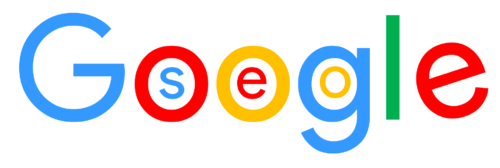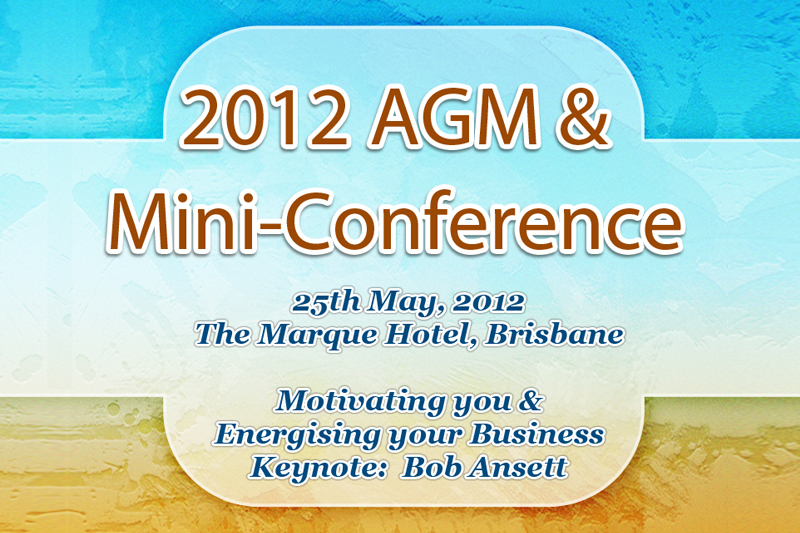



Put simply SEO (search engine optimisation) is a method for getting found in online searches. Search numbers are around 100 million per month on Google alone. Don’t let the opportunity pass you by!
Getting started with SEO is daunting but it can be simplified. So, what do you need?
Your website is your window to your business – think of it as the Myer department store window where you display your wares – in most cases your services +/- your online or physical products.
Align your website with your company values and how you do business on a daily basis. Use the language you use with your clients and don’t do them the disservice of over-simplifying things. Aim for clear and concise. Someone visiting your site for the first time should be able to recognise what you do within 5 seconds of looking at your site. You need to capture their attention quickly.
First rule of thumb is not to over-do this. Google has a number of penalties in place for over-optimisation or keyword stuffing. Keep it simple – think of up to five keywords or keyword phrases for each page on your website and optimize the page for those.
The best keywords have:
A great place to start is to do some research via the free google Keyword planner. Here’s how to use it.
Content creation can be a time-consuming business but it’s one of the best investments you can make in your website. Content works well for both your website visitors and for search engines. The more content you have, the more likely your visitors will stay longer on your website. And the more content you have, the more likely search engines will be to put more of your website’s pages in the search index.
The key to pleasing both search engines and visitors is to have quality content on your website.
Quality content can include a variety of things including, but not limited to, the following.
Not sure what to add? Think about the questions you answer most often, how you help people, your area of expertise and industry topics or trends.
Start with creating articles that you (and hopefully others) can share on social media. Branch out into different types of media – videos and podcasts are both extremely popular at the moment. This guide may help.
A much debated topic, backlinks (a link from another site to yours) continue to be a strong indicator (to Google) of the value and trust-worthiness of your site and therefore are extremely valuable. The basic goal of link building is to get other websites to link to yours. But how do you do this? There are 3 types of link building techniques :
Some ideas for quality backlinks include
Here’s where it gets a but technical but if you or a blog assistant can help you out it’s worth paying attention to these points
See my blog for more information
Whether you work on optimising your website yourself or hire someone else to do it for you it’s worth knowing what works and what doesn’t. On a final note – make sure you are measuring your websites performance to be sure any changes are effective.
SOURCES
Simple Guide to SEO
Content SEO Getting basic basics
SEO Tutorial
5 Ways to get your SEO back track
100 Billion Google searches
Adwords Keywords
Guide to Content Marketing
Internet Marketing and Content Creation










Australia’s FIRST Not for Profit Association for Virtual Businesses. AVIP is all about YOU, our members, because we value the hard work and association of our members, who represent not only themselves, but their skill driven businesses.
"*" indicates required fields


"*" indicates required fields